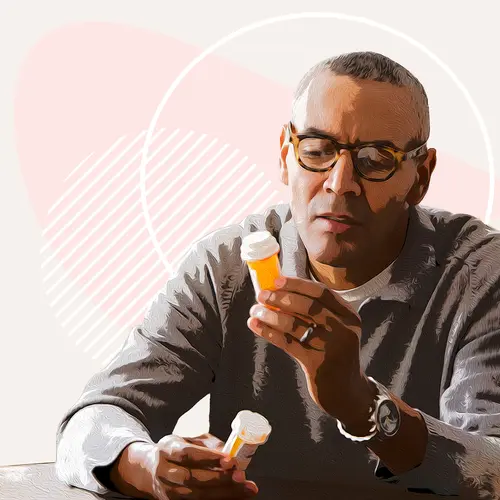You can help protect someone during a seizure by being prepared to take simple steps. But you can help protect someone from harm during one.
Some seizures are more dangerous than others, but most aren't an emergency. If you want to do something for the person, focus on keeping them safe.
What Seizures Look Like
The type of seizure most people will think of is the generalized tonic-clonic seizure, better known as a grand mal seizure. They're frightening to watch, and someone who has one rarely knows or remembers what's happening.
These seizures follow a pattern:
- The person seems to "check out." They won't answer if you talk to them. They won't react if you wave a hand in their face or shake them. They may collapse.
- Their muscles clench and they become as rigid as a board. (This is the tonic phase. It lasts a few seconds.)
- Next comes a series of jerking movements. (This is the clonic phase. It can last a few seconds or several minutes.)
- Eventually, the jerking stops and they're alert and can talk again, but they may be dazed or unsteady for a little while.
Any generalized seizure can be dangerous because the person is unaware of their surroundings and can't protect themselves from harm. The uncontrolled thrashing raises their chances of getting hurt.
Focal seizures are different. They're less intense and usually last no more than a minute or two.
Part of their body, like an arm, might get stiff or go floppy. You may see repeated, rhythmic, or jerking movements in one place or that spread to different body parts. The person could zone out or stare at nothing. They may or may not realize what's happening but can't control it. When it's over, they won't remember a thing.
What You Can Do
It's all about taking precautions. For someone having a generalized tonic-clonic seizure:
- Give them room. Keep other people back.
- Clear hard or sharp objects, like glasses and furniture, away.
- Cushion their head.
- Loosen clothing around their neck, if you can safely.
- Don't try to hold them down or stop their movements.
Don't put anything in their mouth. Contrary to popular myth, you can't swallow your tongue during a seizure. But putting something in their mouth could damage their teeth, or they might bite you. If their head isn't moving, turn it to one side.
Look at your watch at the start of the seizure, so you can time its length. Remember, this probably isn't an emergency, although it may look like one.
After the jerking stops, gently place them on their side, to help keep their airway clear.
For milder seizures, like a bit of staring or shaking arms or legs, guide the person away from hazards, including traffic, stairs, and water.
Don't leave someone who's had a seizure alone. Stay until they're fully aware of where they are and can respond normally when you talk to them. Speak calmly. Reassure them and explain what they missed if they're confused or frightened. Don't give them anything to drink or eat until they've completely recovered.
Rescue Medications/Treatments
There are medicines and treatments which can and should be used in specific situations. Referred to as “rescue medications,” they do not take the place of daily medications and should only be used to help stop a seizure quickly in emergency situations. Depending on the circumstance, they can be administered:
- Nasally - Sprayed up the nose
- Orally - Swallowed in pill form
- Sublingually - Placed under the tongue to dissolve
- Buccally - Placed between the cheek and the gum to dissolve
- Rectally - Given via a gel through the anus
The most commonly used medications are benzodiazepines because they get into the bloodstream quickly to start working on the brain to stop the seizure. They include:
When to Call 911
Get medical help when:
- It's a child's first seizure.
- The seizure lasts longer than 5 minutes.
- Another seizure begins soon after the first.
- The person doesn't "wake up" after the movements have stopped.
- The person was injured during the seizure.
If you're concerned that something else may be wrong, or the person has another medical condition such as heart disease or diabetes, call a doctor.

